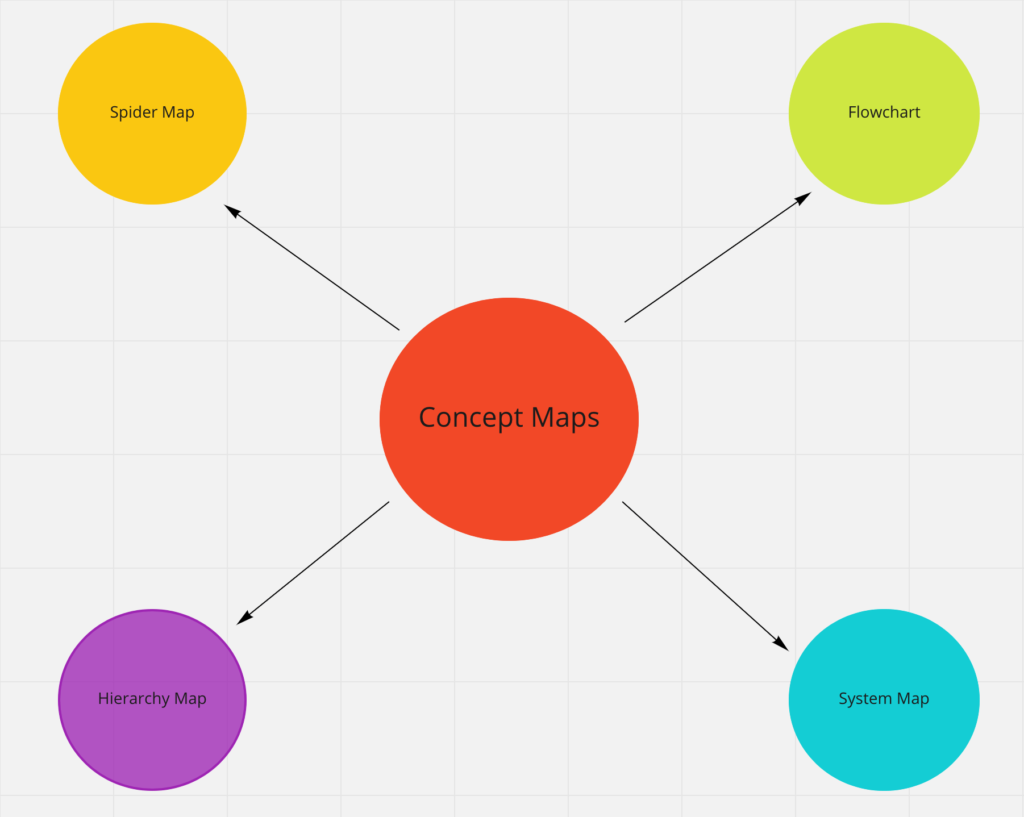When it comes to understanding the intricate dynamics of ecosystems, keystone species and concept maps are two tools that can provide invaluable insights. This article aims to be your comprehensive guide on How Might you add Keystone Species to the Concept Map. You’ll get the lowdown on why keystone species are a pivotal part of any ecosystem and how concept maps can help bring clarity to your understanding of complex ecological relationships.
Why Keystone Species Are Essential in an Ecosystem
Keystone species are the linchpin of an ecosystem. Remove them, and the entire structure could collapse. They play a significant role in maintaining the balance, diversity, and overall health of the community they inhabit. For instance, sea otters are keystone species in marine ecosystems, as their predation on sea urchins allows kelp forests to thrive.
The Relevance of Concept Maps in Understanding Ecosystems
Concept maps, on the other hand, are graphical tools for organizing and representing knowledge. They are invaluable in visualizing the relationships between different elements of an ecosystem, including its keystone species. Whether you are a student, a researcher, or someone interested in ecology, concept maps can be a game-changer in how you understand and analyze ecosystems.
Understanding the Basics of a Concept Map

Before you can integrate keystone species into your concept map, you need to know the nuts and bolts of concept mapping.
Elements That Make Up a Concept Map
A concept map consists of nodes or cells that contain concepts and connecting lines labeled with words to describe the relationships between these concepts.
How to Create a Concept Map from Scratch
Creating a concept map isn’t rocket science. All you need is a piece of paper and a pen or a software tool specifically designed for the job. Start by jotting down the main concepts and then link them using lines and descriptive phrases.
FAQs
How important are keystone species in an ecosystem?
Keystone species are extremely important as they play a crucial role in maintaining the balance and diversity of the ecosystem they are part of.
What is the purpose of a concept map in ecology?
Concept maps are used to visualize complex relationships within an ecosystem, making it easier to study and understand.
Why should I include keystone species in my concept map?
Including keystone species can give you more comprehensive insights into the ecosystem, helping you understand the relationships and dependencies more clearly.
Is it possible to create a concept map without any specialized software?
Yes, concept maps can be created manually with pen and paper or with general-purpose drawing software.
What are the common mistakes to avoid when making a concept map?
Common mistakes include cluttering the map with too much information, or not accurately representing relationships between elements.
Are concept maps useful for non-scientists?
Absolutely! Anyone interested in understanding the complexities of an ecosystem can benefit from creating a concept map.
Conclusion
Incorporating keystone species into your concept map can significantly improve your understanding of an ecosystem. Whether you’re an academic researcher, a conservationist, or simply someone keen on understanding how the natural world ticks, the methods discussed in this article will equip you with the skills you need.



